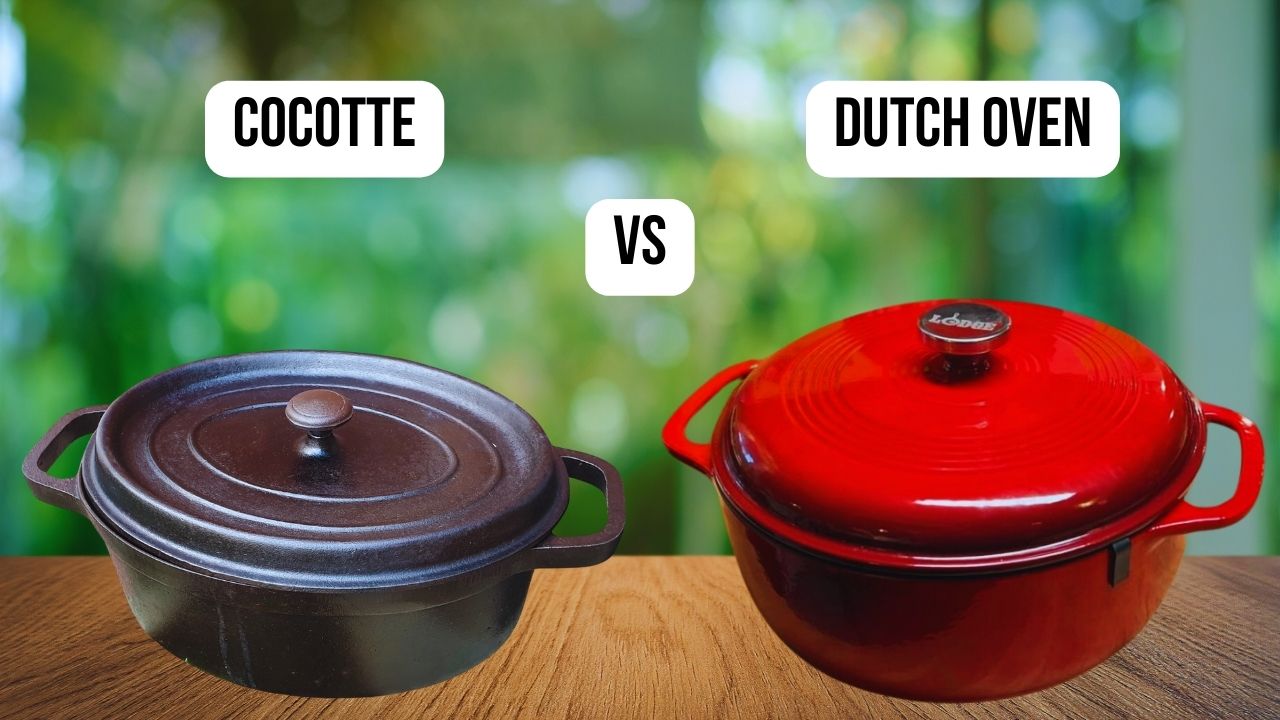For a seasoned restaurant chef like me, choosing which cookware to use can make a significant difference in the kitchen. Two versatile and beloved pieces of kitchen equipment I often use are the cocotte and the Dutch oven. These heavy-duty pots are essential for slow cooking, braising, baking, and more.
In this blog post, I’ll compare the cocotte and Dutch oven, highlighting their differences and helping you decide which one is best for your cooking needs.
What Is a Cocotte?
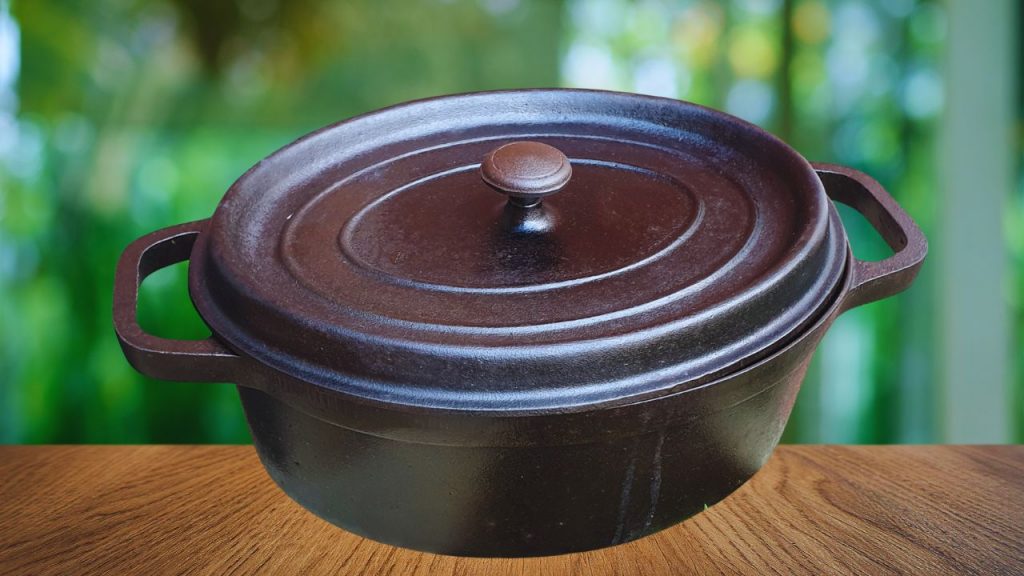
A cocotte is a French term for a type of covered, enameled cast iron or ceramic dish. These elegant and often colorful pots have a unique round or oval shape that’s perfect for a wide variety of dishes. It is considered a French version of a Dutch oven.
What Is a Dutch Oven?
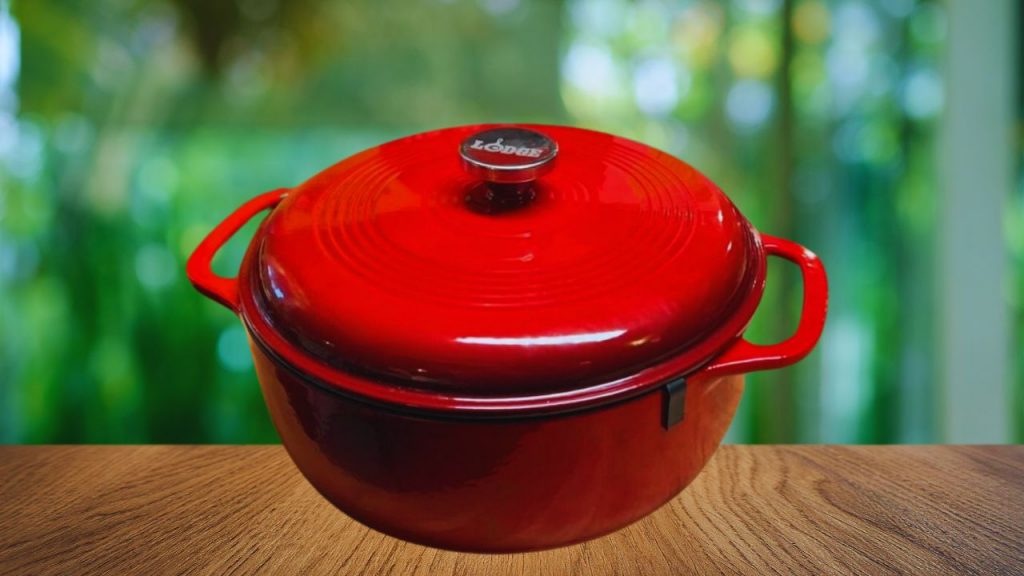
The Dutch oven is a heavy-duty, thick-walled pot with a tight-fitting lid. It comes in various materials, such as cast iron or stainless steel, and is known for its versatility in both stovetop and oven cooking.
Dutch ovens are known for their ability to distribute heat evenly, which is perfect for slow cooking, braising, and making stews.
How Cocottes and Dutch Ovens Work
Dutch ovens and cocottes are multipurpose cookware with excellent heat retention and equal heat distribution. Their design, which is frequently made of cast iron or enameled cast iron, allows them to work efficiently on both the stovetop and in the oven. When heated, they absorb and hold heat, which is then uniformly distributed throughout the cooking vessel, assuring consistent and thorough cooking of your dishes.
What’s the Difference Between Cocotte and Dutch Oven?
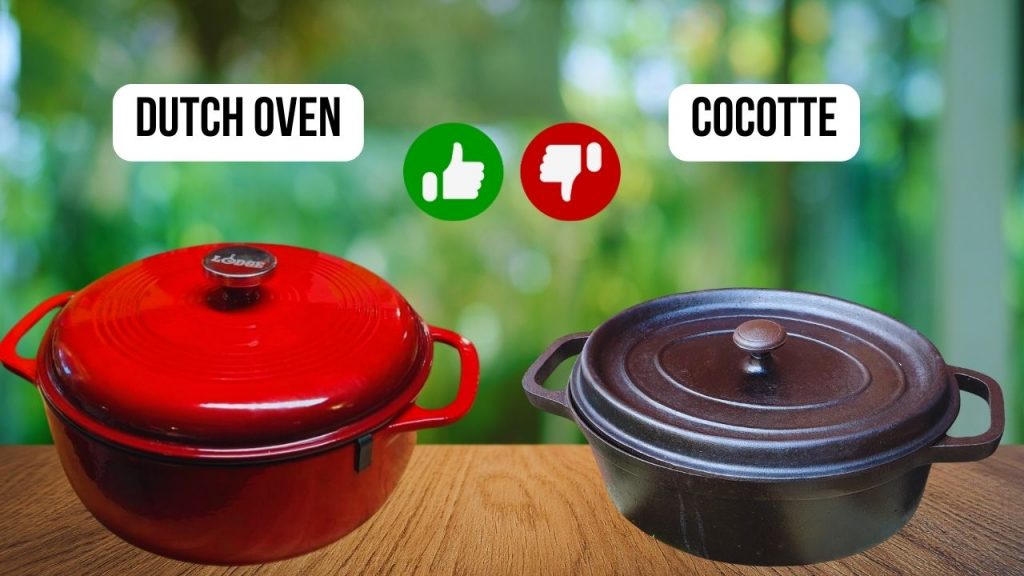
Let me compare these two cookware based on a few characteristics to help you better understand their difference.
Shape and Size
The most apparent difference between a cocotte and a Dutch oven is their shape. Cocottes are often round or oval, while Dutch ovens are typically round and deeper. The choice between them may depend on the dishes you frequently prepare. Cocottes are great for dishes like coq au vin or cassoulet, while Dutch ovens are ideal for pot roasts or large batches of soup.
Lid and Handles
Cocottes usually come with decorative lids and handles, adding a touch of elegance to your table presentation. In contrast, Dutch ovens have more practical, sturdy lids and handles designed for durability and ease of use. The choice here depends on your preference for style and functionality.
Maintenance
While cocottes are often enameled, which makes cleaning and maintaining a breeze, they can be more prone to chipping and cracking. Cast iron Dutch ovens require proper seasoning and more attention to prevent rust. Both options require some care, but the cocotte may be more forgiving if you’re not keen on seasoning.
Oven Safe
Enameled cast iron cocottes are generally safe for use in the oven at high temperatures, usually up to 450-500°F (230-260°C). However, you should check the manufacturer’s guidelines for specific temperature recommendations.
Ceramic cocottes are also safe for the oven but may have a lower temperature limit, so it’s essential to verify the manufacturer’s instructions.
Dutch ovens are available in various materials, with cast iron being the most common. Cast iron Dutch ovens can withstand high heat and safely be used in the oven. They can usually endure temperatures exceeding 500°F (260°C). Some Dutch ovens have stainless steel components, such as handles, which are also generally oven-safe.
Durability and Weight
If properly maintained, dutch ovens—especially ones made of cast iron—are extraordinarily robust and can last for many generations. They are heavy but built to withstand high heat and intense use.
Cocottes are also durable but tend to be lighter than cast iron Dutch ovens, which may make them easier to handle, especially for home cooks.
Indoor and Outdoor Cooking
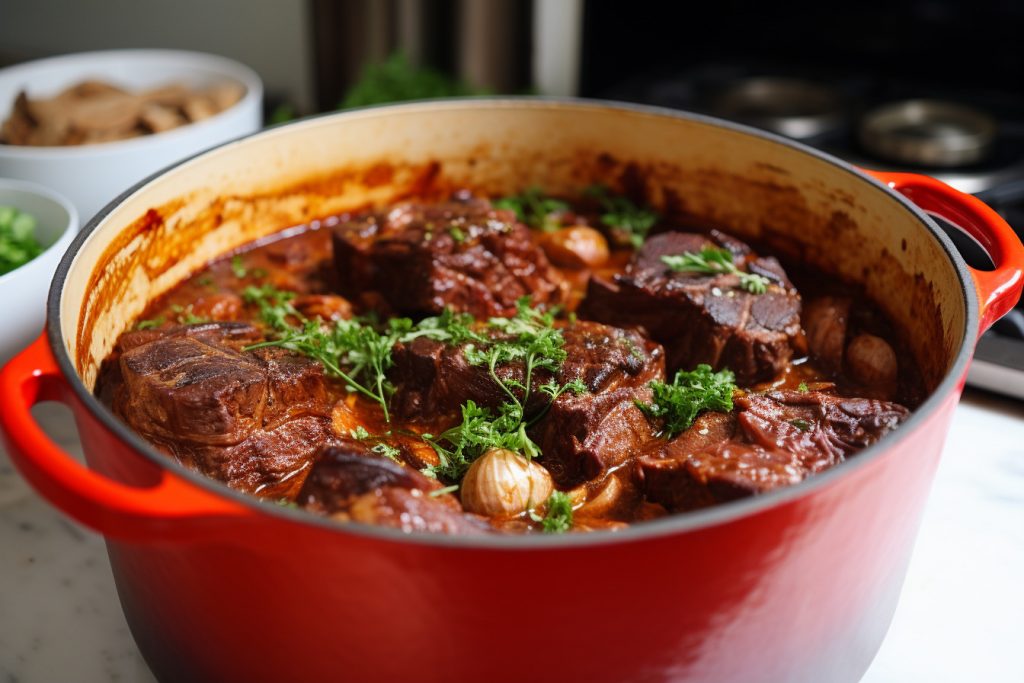
When it comes to indoor cooking, the cocotte is a reliable choice, offering elegance and ease of use. However, the enamel coating on cocottes makes them unsuitable for direct exposure to flames, charcoal, or wood, which limits their use in camping or other outdoor activities.
The Dutch oven, on the other hand, is the rugged, heat-resistant champion of outdoor cooking. You can use them for campfire cooking, from baking bread to making stews and even desserts.
When To Choose a Cocotte
Choose a cocotte when you’re aiming for gourmet delights and elegant table presentation. Cocottes are designed for long, slow cooking, making them perfect for gourmet creations. Their aesthetic appeal adds sophistication to your table, elevating the dining experience with their sophisticated design and vibrant colors.
When To Choose a Dutch Oven
Choose a Dutch oven when you’re planning outdoor cooking adventures or creating one-pot wonders that require both stovetop and oven cooking. Dutch ovens are well known for their durability and heat resistance. Hence, they are perfect for campfire cooking. Their versatility shines when tackling a wide range of recipes that require seamless transitions between different cooking methods.
Conclusion
Both cocottes and Dutch ovens are indispensable tools that can elevate your cooking. The choice between them ultimately depends on your specific needs and preferences.
If you’re a fan of French cuisine and want an elegant and versatile option, a cocotte may be your best bet. On the other hand, if you prefer a workhorse in the kitchen that can handle anything from roasting to deep frying, a Dutch oven is the way to go.
In my restaurant and home kitchen, I cherish both my cocotte and Dutch oven for their unique abilities and dependable performance. The choice between them is less about one being better than the other and more about finding the perfect tool for the job.
Take a look at the list of the best Dutch ovens this year.

